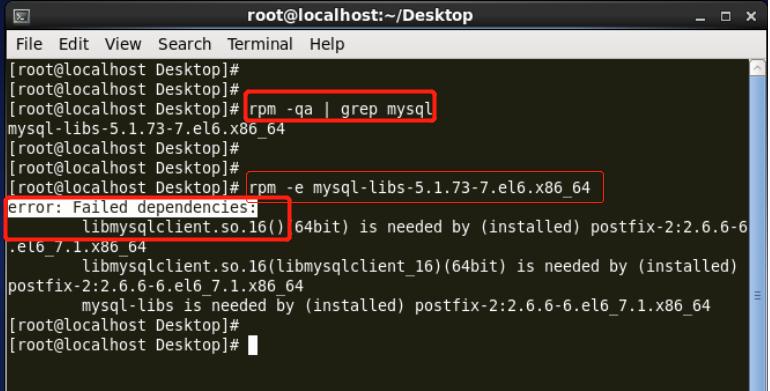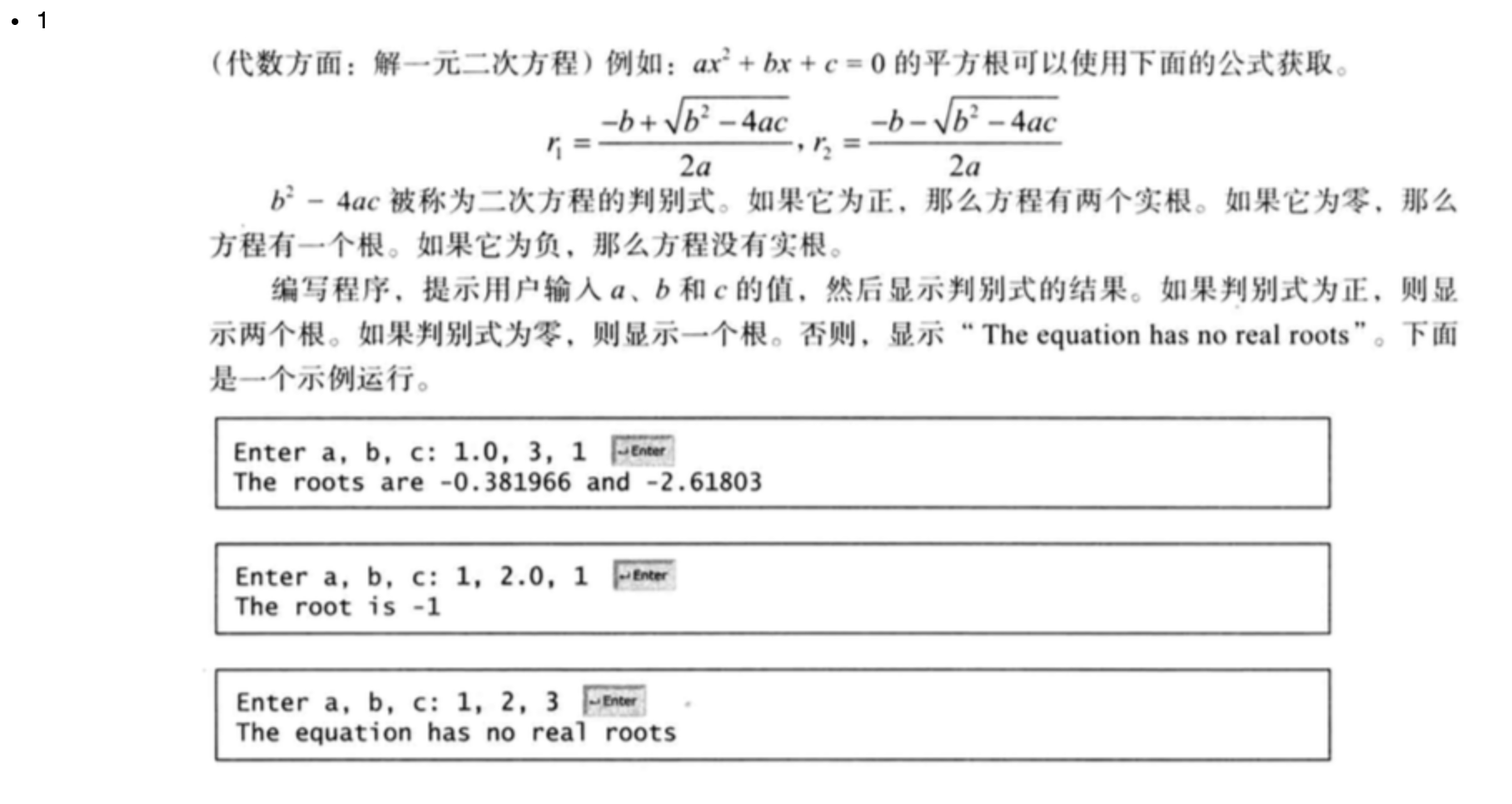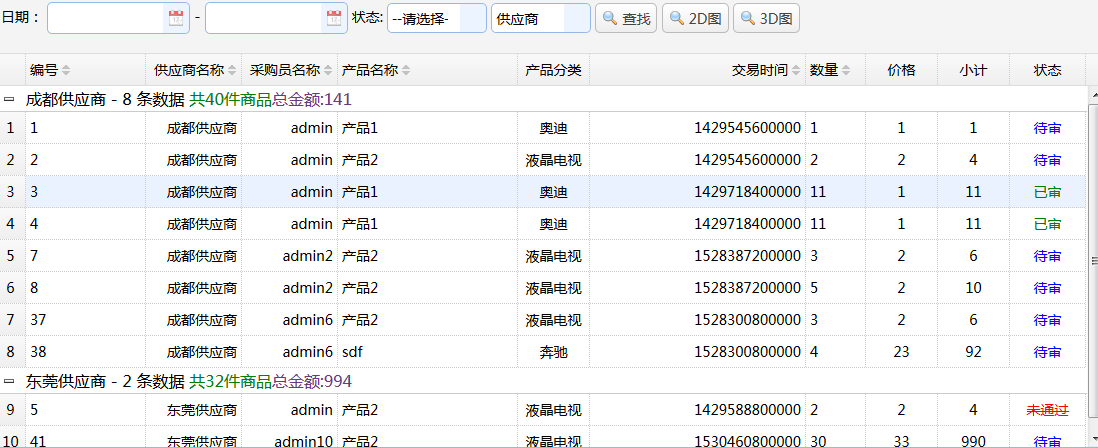int p 与int p 的不同
分享一下我老师大神的人工智能教程!零基础,通俗易懂!http://blog.csdn.net/jiangjunshow
也欢迎大家转载本篇文章。分享知识,造福人民,实现我们中华民族伟大复兴!
举例说明:
1)int* p[2] 是一个指向int型的指针数组,即:p是包含两个元素的指针数组,指针指向的是int型。
可以这样来用:
#include <iostream>using namespace std;int main(int argc, char* argv[]) {int* p[2];int a[3] = {1, 2, 3};int b[4] = {4, 5, 6, 7};p[0] = a;p[1] = b;for(int i = 0; i < 3; i++)cout << *p[0] + i;// cout << **p + i;cout << endl;for(i = 0; i < 4; i++)cout << *p[1] + i;// cout << **p + i;return 0;}
(2)对于 int (*p)[2], 它相当于一个二维数组的用法,只是它是一个n行2列的数组,可以这样来用:
#include <iostream>using namespace std;void main() {int (*p)[2];int b[3][2] = {{1, 2}, {3, 4}, {5, 6}};p = b;for(int i = 0; i < 3; i++) {for(int j = 0; j < 2; j++) //cout << p[i][j]; //cout << *(*(p+i)+j);cout << endl;}}
注意:
(1)为行数确定、列数不确定,即为2*n型的。
(2)为n*2型的数组的指针用法,即行数不确定、列数确定。
对于(1)其等价形式如下:
#include <iostream>using namespace std;void main() {int** array;array = new int* [2];int a[3] = {1, 2, 3};int b[4] = {4, 5, 6, 7};array[0] = a; // *array = a;array[1] = b; // *(array+1) = b;for(int i = 0; i < 3; i++) cout << array[0][i];// cout << *array[0] + i;cout << endl;for(int j = 0; j < 4; j++) cout << array[1][j];// cout << *array[1] + j;}
其实以上用法即这我们常用的动态二维数组的用法。
给我老师的人工智能教程打call!http://blog.csdn.net/jiangjunshow




































还没有评论,来说两句吧...